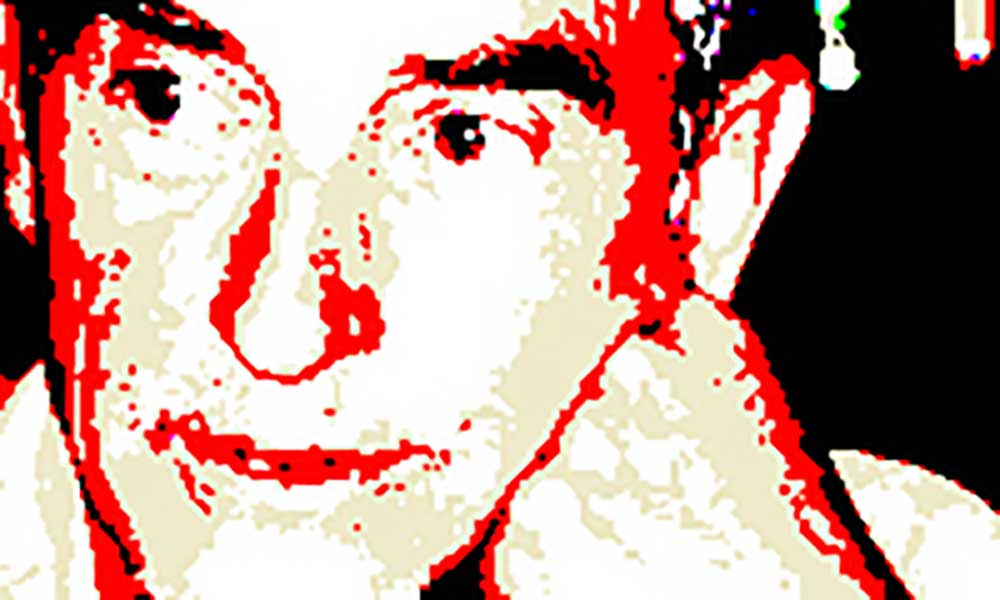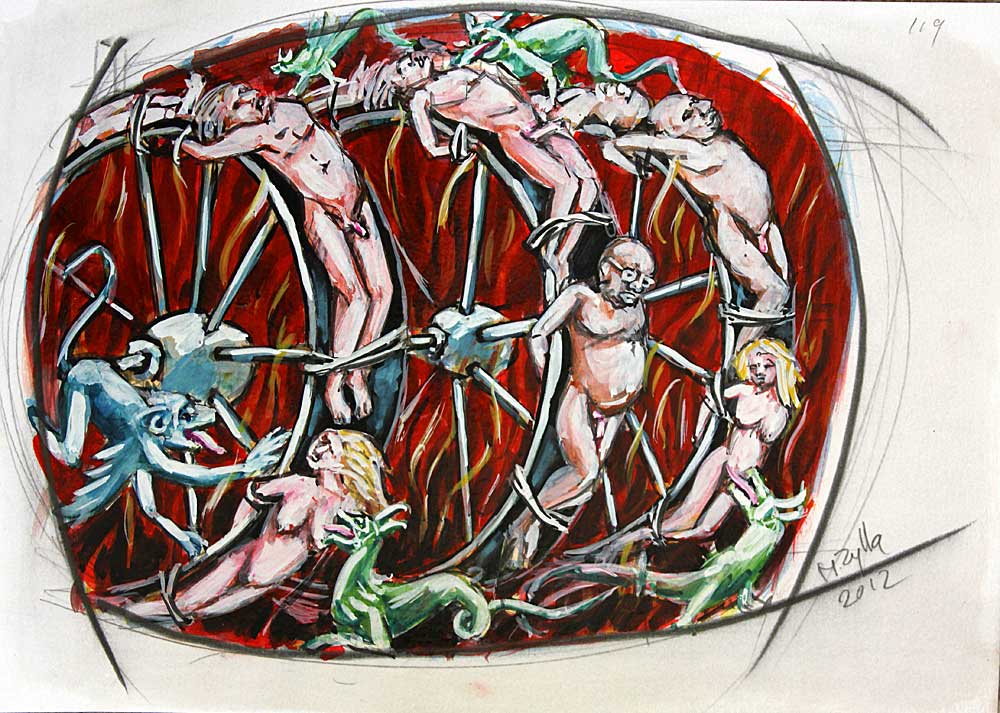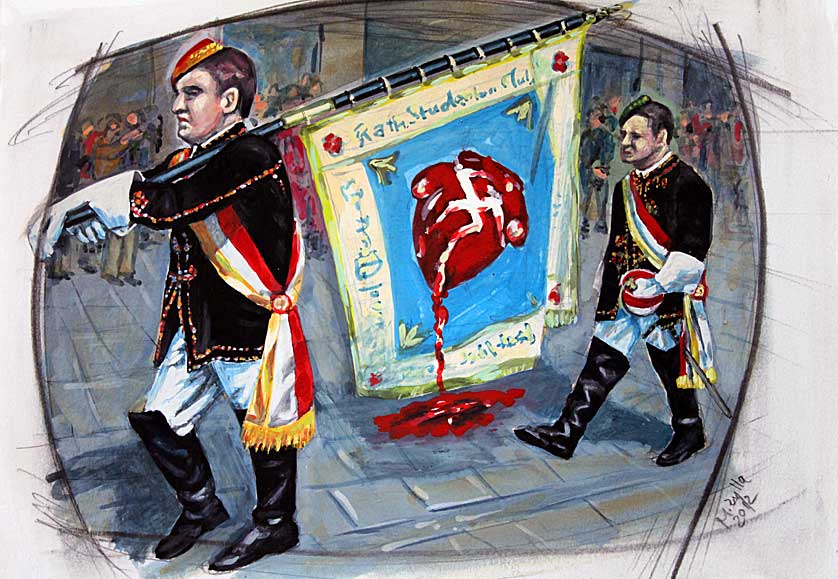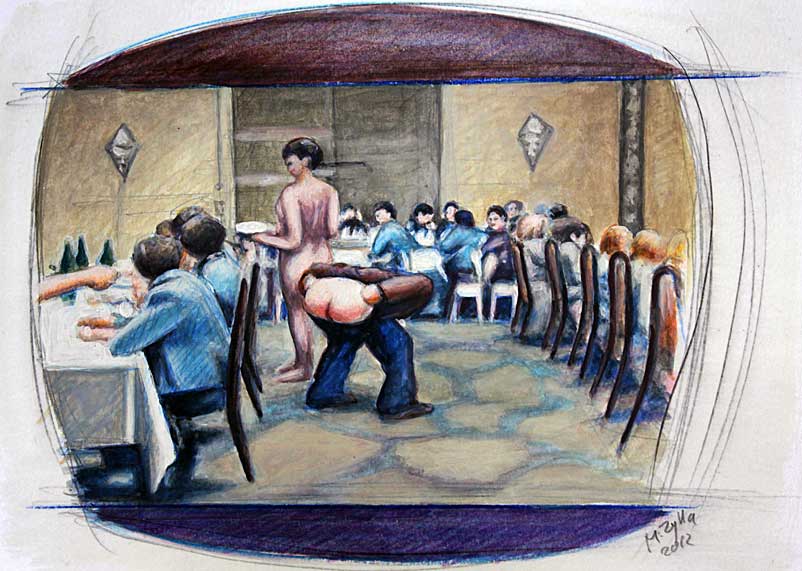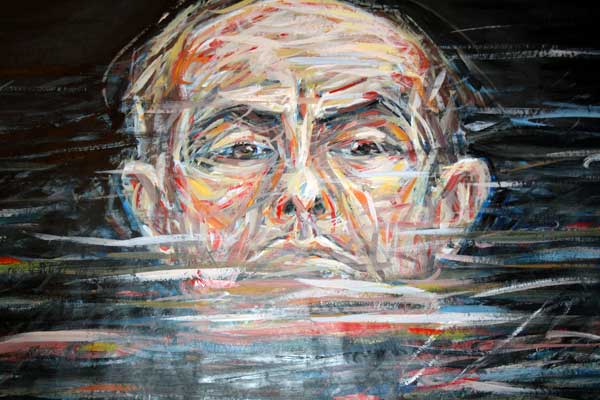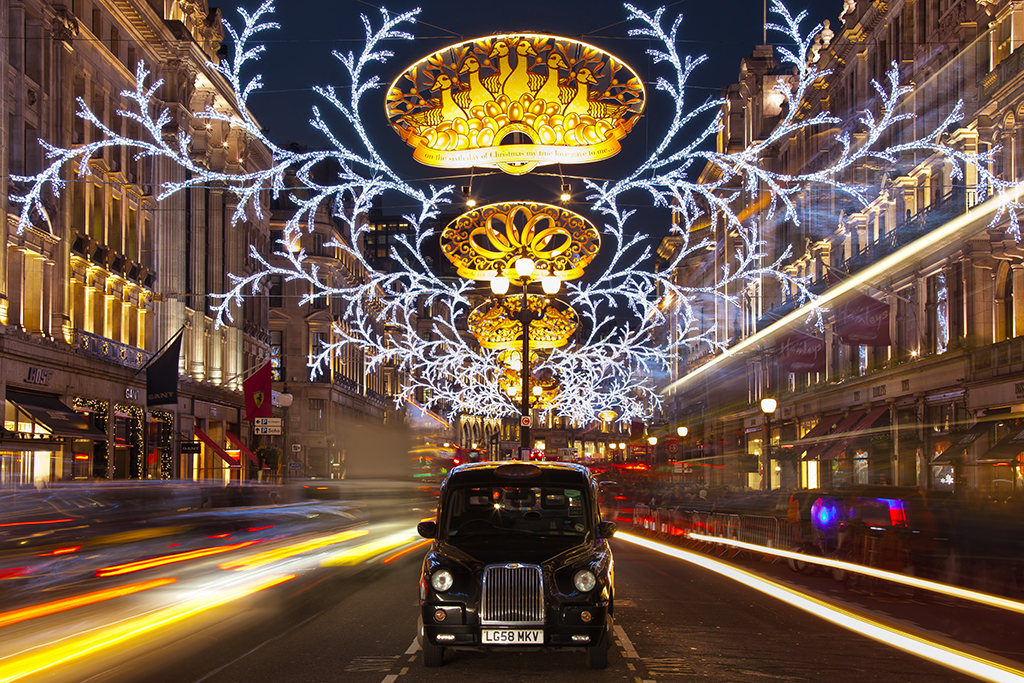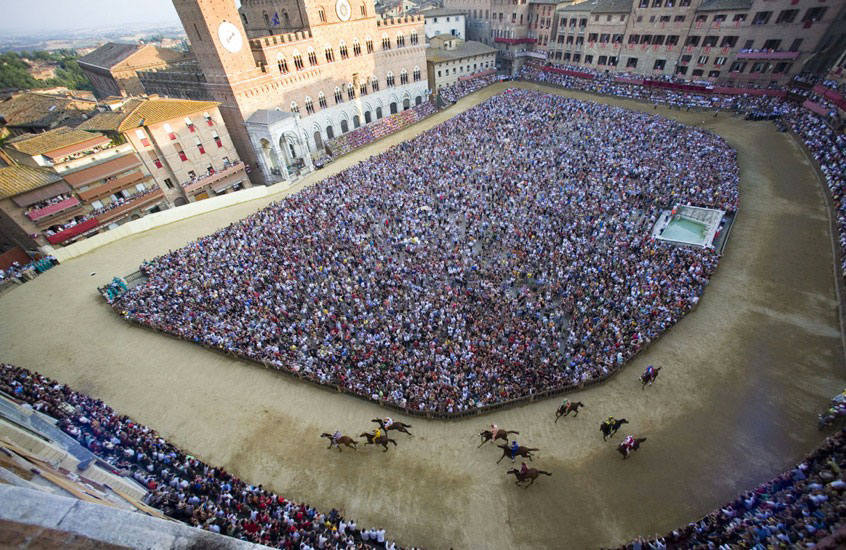
SIENA AND THE PALIO
Luglio 20, 2014
The Divine Comedy – (Around the world)
Agosto 5, 2014So you thought there were no more politically engaged artists, committed to changing our view of the world through the force of their images? Heidi Erdmann introduces us to the world of Manfred Zylla, still challenging audiences with his striking and unforgettable work.
Seventy-five-year-old German/South African artist Manfred Zylla is first and foremost a swimmer. He swims every day. When he is in Cape Town, he alternates his programme between the ice-cold Atlantic Ocean and a public swimming pool in Observatory, the suburb where he has been living – and swimming – since the 1980s. When he is in Munich, his swimming jaunts take him to the lakes and rivers in and around that city. Zylla’s search for that ultimate swim in beautiful and clean waters inspired the title of this latest exhibition “I Want to Swim a Thousand Miles”.
Born in 1939 in Germany, the second child of a deaf couple, Zylla experienced not only the ravages and aftermath of World War II, but also the unbearable effects of discrimination against those with a disability. Zylla’s creative impulses are centred on those early experiences and he has devoted his career to using art as a tool for change.
As an artist, he came to prominence as a relentless critic of apartheid in the 1980s, producing hard-hitting drawings, prints and paintings. These works are widely acknowledged as crucial to understanding the concept of resistance art, which was an important chapter in South African art history.
Zylla has continued to work within a paradigm of social critique and commentary. His work comments broadly on globalisation, urbanisation, climate change, exploitation of natural resources, alternative energy, and attitudes towards disability. It tells the story of the plight of the world and highlights Zylla’s concern about the fate of mankind and the future of the planet.
In the book, “Manfred Zylla: Art & Resistance” he is quoted as saying,
“By 2011 I felt drained. Inexplicably my focus had shifted. It was not as if the issues of the world had been resolved, or that I was no longer affected by them, but I suddenly had a longing to paint landscapes again. I experienced a need to be out in the open, surrounded by nature. And I wished to paint only the physical world, the world that I could see and feel.
But this was not to be.
On 22 November 2011 the South African parliament passed the Protection of State Information Bill, turning back the clock to the darkest times of the apartheid era.
Now is not the time to paint landscapes, my work as a resistance artist was not over. ‘La Lotta Continua’”
And so Zylla did not pursue that idyllic rural lifestyle he had so longed for. Instead he turned towards the Marquis de Sade and Pier Paolo Pasolini and produced one hundred and twenty small gouache and mixed-media paintings, entitled “120 Days of Sodom”. Deceptively presented inside the outline of the frame of a small television screen, these intimate paintings, not measuring more than 100 x 150 mm each, are powerfully rich in narrative, explicit and raw, and delve deep into that terrain of sexual violence, war and cruelty. Viewing the series, one is reminded of the fire and anger that filled so many of Zylla’s canvasses in the 1980s, when Zylla’s primary aim was to outwit the security police with his works. He used the medium of posters and graffiti to get his messages across and encourage other artists to join him and use their art to carry on the fight against apartheid.
Fast forward to 2014, and Zylla presents three large seascapes, entitled “The Birth of Aphrodite” at the centre of this current exhibition. Strips of deep blue seas, windswept beaches, frolicking dogs and a few container ships on the horizon immediately beg the question – has Zylla put away his protest paint brushes? Has this artist shifted his concerns for the world off-shore? Moving deeper into the exhibition space reveals the opposite. There are no signs this artist has slowed down; on the contrary, Zylla’s latest offering, which includes earlier works not previously exhibited, may be one of his best in terms of a tightly contained and controlled context. The large-scale seascape triptych references the Creation of the World, presenting an image of a pure world. The next two series, dated 2000 and 1993 respectively, immediately erode this utopian construct. Tenderly painted images of captive animals, bred for our convenience are cryptically entitled, “For You, Rabbit, Beef or Pork”. The series, “Swimming in Oil” was inspired by an actual oil spill off the coast of Alaska in the early 1990s. In Zylla’s interpretation, we see the artist floating in a thick black sea of oil. In another painting the artist is doing a headstand while urinating into this slick – an echo of hopelessness, madness, or frustration?
The closing series is entitled “I Am”, twelve reworked self-portraits painted on brown paper shopping bags is dated 2013/2014. The installation is at once innovative and visually striking. Bertold Brecht’s poem, An die Nachgeborenen (To those who follow in our wake) is printed over each portrait. The linkage created between the artist, the portrayed individuals in the series and the powerful message of Brecht’s poem cannot be ignored.
Zylla is far from giving up the fight for a better world; his determination and resolve are clear. What has changed is, perhaps, his methodology, and there is now a lingering sense of disquiet. Zylla opened this exhibition with a performance by reworking a beautifully drawn landscape into a hard-hitting comment on fracking. He did this quietly and very nervously, which is quite unlike him. He attributed this nervousness to the seriousness of the issue in hand. The performance represented the one single opportunity for him to reach out and conscientise his audience. There is no stopping Manfred Zylla – ‘La Lotta Continua!’



